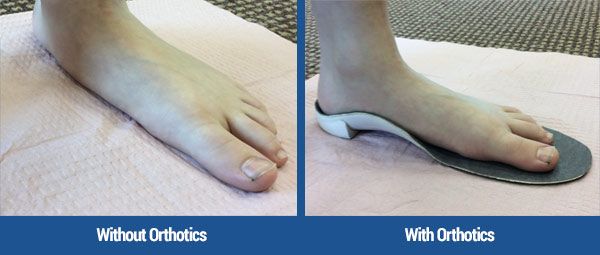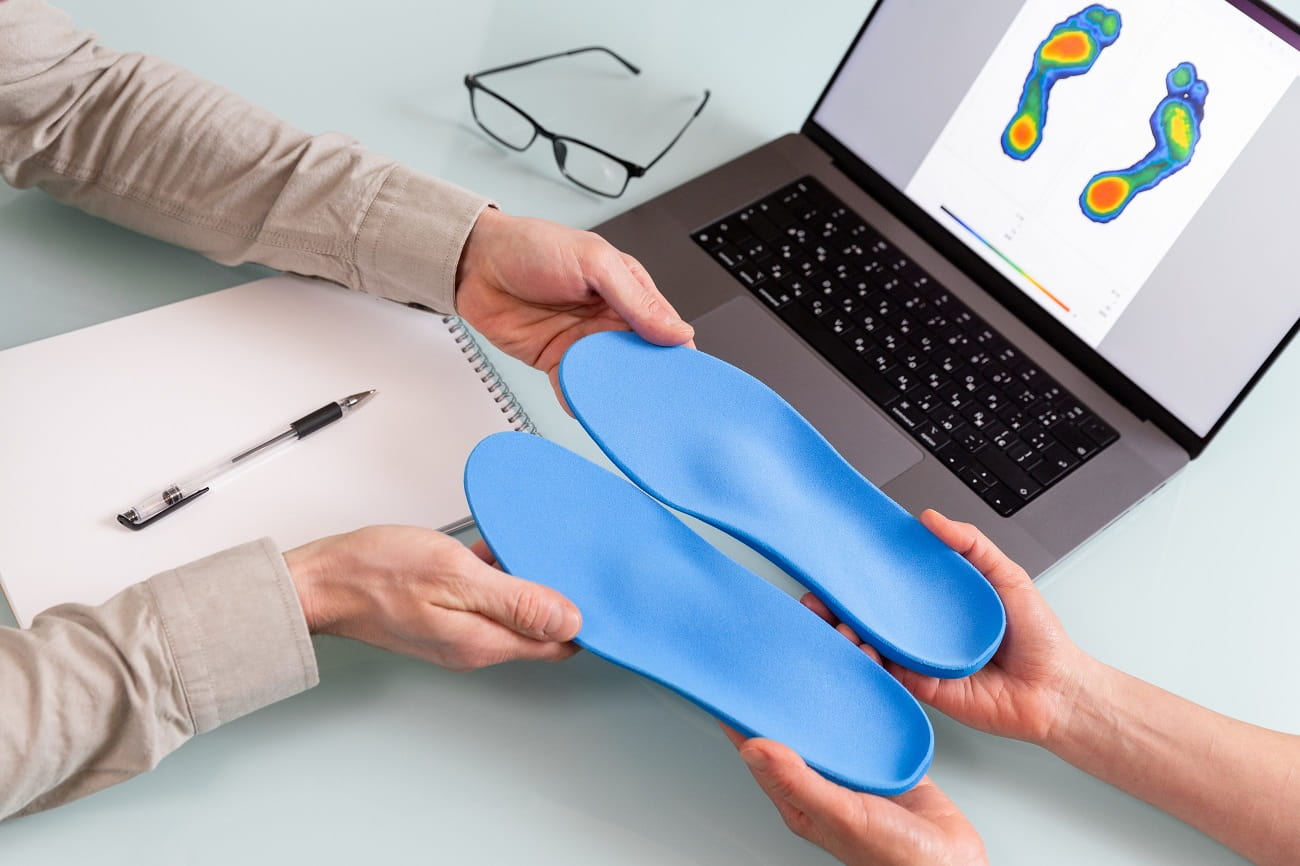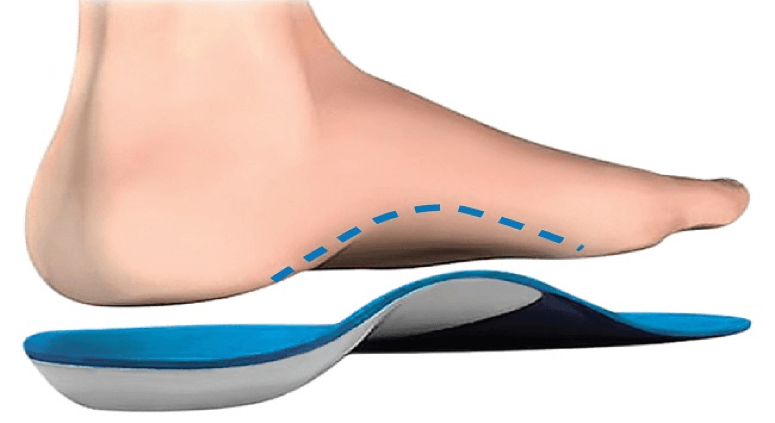Boot Fitting Considerations for Skiers Nederland CO
Boot Fitting Considerations for Skiers Nederland CO
Blog Article
Understanding Pressure Points in Ski Boots Wheat Ridge CO
Choosing the proper ski boot can considerably have an result on your skiing experience, impacting both comfort and performance. Understanding the important components concerned in making this selection is vital for skiers of all levels, from novices to seasoned consultants. The right ski boot enhances control over your skis, allowing for better maneuverability on varied terrains.
One of the primary issues in choosing a ski boot is the fit. Ski boots should fit snugly, however not uncomfortably tight. It’s essential to try on varied fashions and brands, as each has its personal unique shape and sizing. A good fit will minimize motion throughout the boot, lowering the prospect of blisters and ensuring that your vitality is transmitted efficiently to your skis.
Fitting Aspects Impacting Performance Lafayette CO
Keep in thoughts that most ski boots come in numerous widths. The size of the boot is just one element of fit; the width will create a extra personalised experience. Boots are often categorized as narrow, medium, or wide, catering to different foot shapes. Your foot shape will largely dictate which width is greatest suited for you, impacting how comfortable you feel throughout your snowboarding periods.
Next, the flex index must be taken into account whereas choosing the proper ski boot. Flex refers to how stiff or gentle a boot is, with stiffer boots providing more management and response. On the opposite hand, softer boots are more forgiving and easier for novices to handle. Advanced skiers may prefer stiffer fashions for optimum performance, whereas those new to the game could find softer choices more affordable and comfortable.
The supposed ski type also performs an important position in your choice - Professional Ski Boot Fitting Techniques Brighton CO. Are you planning on snowboarding mostly on groomed trails, or do you aspire to enterprise into backcountry skiing? Freestyle skiers typically choose softer boots, permitting for flexibility throughout jumps and tricks. Alpine skiers could go for stiffer models that promote stability and responsiveness on hard-packed snow or icy conditions
Fit Guide for Ski Boots Frederick CO
Another essential aspect is the boot's thermal insulation and the means it retains your feet heat during prolonged publicity to cold. Insulation supplies differ significantly, and a few boots come with added know-how for warmth retention. If you’re snowboarding in frigid conditions, choosing a boot geared up for warmth can drastically improve your enjoyment on the slopes.
When assessing the liners of the ski boot, it's clever to understand that this part can drastically change the fit and feel of your boot. Many fashionable ski boots come with heat-moldable liners that conform to the form of your foot over time. This customization can lead to enhanced comfort and improved performance, because the liner offers better assist on your foot and ankle.

Buckle techniques are one other factor not to overlook whereas choosing ski boots. The number of buckles impacts how securely the boot matches and how simply you possibly can take it on and off. Boots with extra buckles provide a extra adjustable fit and better safety. However, these with simpler techniques may be simpler for novices to handle. Consider which aspects matter most to you primarily based on personal desire and experience stage.
Ski Boots: Analyzing Fit Specifications Wheat Ridge CO
Selecting the best ski boot size can additionally be sophisticated by differences in manufacturers. Sizes can range, so it’s advisable to consult dimension charts specific to every brand you strive on. Understanding your foot's measurements can guide you toward a extra fitting choice. This information may help you avoid choosing a boot that's either too giant or too small, each of which might detract from your snowboarding experience.
It’s essential to verify for additional features that some boots supply, corresponding to walk modes or interchangeable soles. Walk modes allow for easier movement when you’re not on your skis, a fantastic boon for people who prefer to hike or move across the lodge. Interchangeable soles can make the boot more versatile, permitting it to adapt to several types of skiing and even strolling.
Try to seek the guidance of skilled retail professionals when navigating the plethora of choices obtainable. They can present insights and proposals primarily based in your skiing type, ability level, and personal preferences. Their experience will assist filter the suitable boots that match your needs, guiding you through the nuances of fit and performance.
DIY Ski Boot Stretching Techniques Erie CO
In conclusion, the quest for the right ski boot combines varied important elements that require careful consideration. Fit, flex, type, insulation, liners, buckles, dimension variations, and extra features all play a role in your selection. Spending time to analysis and try different models can make a substantial distinction in each performance and luxury, guaranteeing a more pleasant day on the slopes. Prioritizing these components and in search of skilled recommendation will equip you with the mandatory instruments to make an knowledgeable alternative, resulting in improved snowboarding experiences for years to return.
- Assess your talent stage; newbie skiers usually want softer flex boots, while advanced skiers benefit from stiffer options for better control.
- Prioritize fit over model; a well-fitting boot is essential for comfort and performance, regardless of the manufacturer.
- Consider the boot’s final width, because it influences the amount of your foot; a narrow final enhances precision for narrow toes, whereas a large last provides comfort for broader feet.
- Pay attention to flex index ratings; every boot has a novel flex rating that matches your snowboarding type and physical attributes, affecting responsiveness and comfort.
- Explore custom insoles; they can considerably improve comfort and stop issues such as blisters and cold toes by offering better arch support and weight distribution.
- Test boots in-store with appropriate ski socks; ensure the fit is snug but not painfully tight, permitting for slight wiggle room and correct circulation.
- Look for heat-moldable liners; these could be custom-made to the shape of your foot for enhanced comfort, particularly should you experience any pressure points.
- Consider the type of skiing you propose to do, whether or not it is alpine, backcountry, or freestyle, as each requires specific boot traits for optimum performance.
- Check for buckling methods and features like power straps; an excellent closure can improve fit, reduce motion, and enhance overall snowboarding effectivity.
- Don’t forget about liner supplies; totally different materials provide varying ranges of warmth, moisture-wicking, and cushioning, directly impacting your snowboarding experience.undefinedWhat dimension ski boot should I choose?
Choosing the right dimension ski boot is crucial for comfort and performance. Measure your foot length in centimeters and consult a ski boot size chart, usually a half-size smaller than your regular shoe dimension. Always attempt boots on with the proper ski socks for an correct fit.
How do I know if the ski boot is too tight or too loose?
Boot Fitting Innovations in the Industry Longmont CO
A well-fitted ski boot ought to really feel snug however not painfully tight. Your toes should just contact the front of the boot when standing upright. When you bend your knees ahead, your toes should pull barely away from the front. A free boot can result in poor control and blisters.
What is the difference between gentle and stiff ski boots?
Ski Boot Fit Essentials for Varied Terrain Golden CO
Soft ski boots supply more flexibility and luxury, making them suitable for novices or casual skiers - Strategies for Long-Distance Skiing Fit Golden CO. Stiff boots present better responsiveness and management for experienced skiers on difficult terrain. It's essential to determine on based mostly in your talent degree and snowboarding type
Should I consider boot width when choosing ski boots?
Yes, boot width, also recognized as "last," is essential for comfort. Ski boots come in different widths—narrow, medium, and wide. Measure the width of your foot and evaluate every model's fit to make sure comfort and reduce pressure points whereas skiing.
What kind of ski boot is best for my snowboarding style?
Optimal Fit for Ski and Snowboard Boots Lyons CO
Consider your snowboarding type: when you plan to ride groomed trails, an all-mountain boot is right. Backcountry skiers should go for lighter, more flexible choices. Freestyle skiers benefit from gentle boots for larger maneuverability. Match the boot type to your skiing desire for optimal performance.

How necessary is custom fitting for ski boots?
Boot Fit Testing Before Purchase Nederland CO
Custom fitting can considerably enhance comfort and performance. Professional boot fitters can adjust your boots to your foot shape, addressing particular pressure points and ensuring a greater fit. While not important, it’s beneficial, particularly for people who ski frequently or have foot issues.

Is it price spending more on higher-end ski boots?
Higher-end ski boots usually function superior materials and know-how, offering higher comfort, performance, and sturdiness. If you ski frequently, investing in a high quality pair can improve your experience and assist you to develop higher expertise. Consider your snowboarding frequency and style when deciding.
Personalizing Your Ski Boot Fit Broomfield CO
What options should I search for in a ski boot?
Look for features similar to heat-moldable liners for personalized comfort, adjustable buckles for a better fit, and waterproof supplies to keep your ft dry. Flex rating, insulation, and weight are additionally critical elements that ought to align with your snowboarding wants and conditions.
Choosing the Right Ski Boot Fit Lafayette CO
How do I keep and retailer my ski boots?
Always dry your ski boots after each use to stop moisture buildup, which might result in odors or deterioration. Store them in a cool, dry place away from direct sunlight. Regularly examine the liners, buckles, and soles for put on and tear to make sure they remain in good condition.
Recommended Reading navigate to these guys Report this page